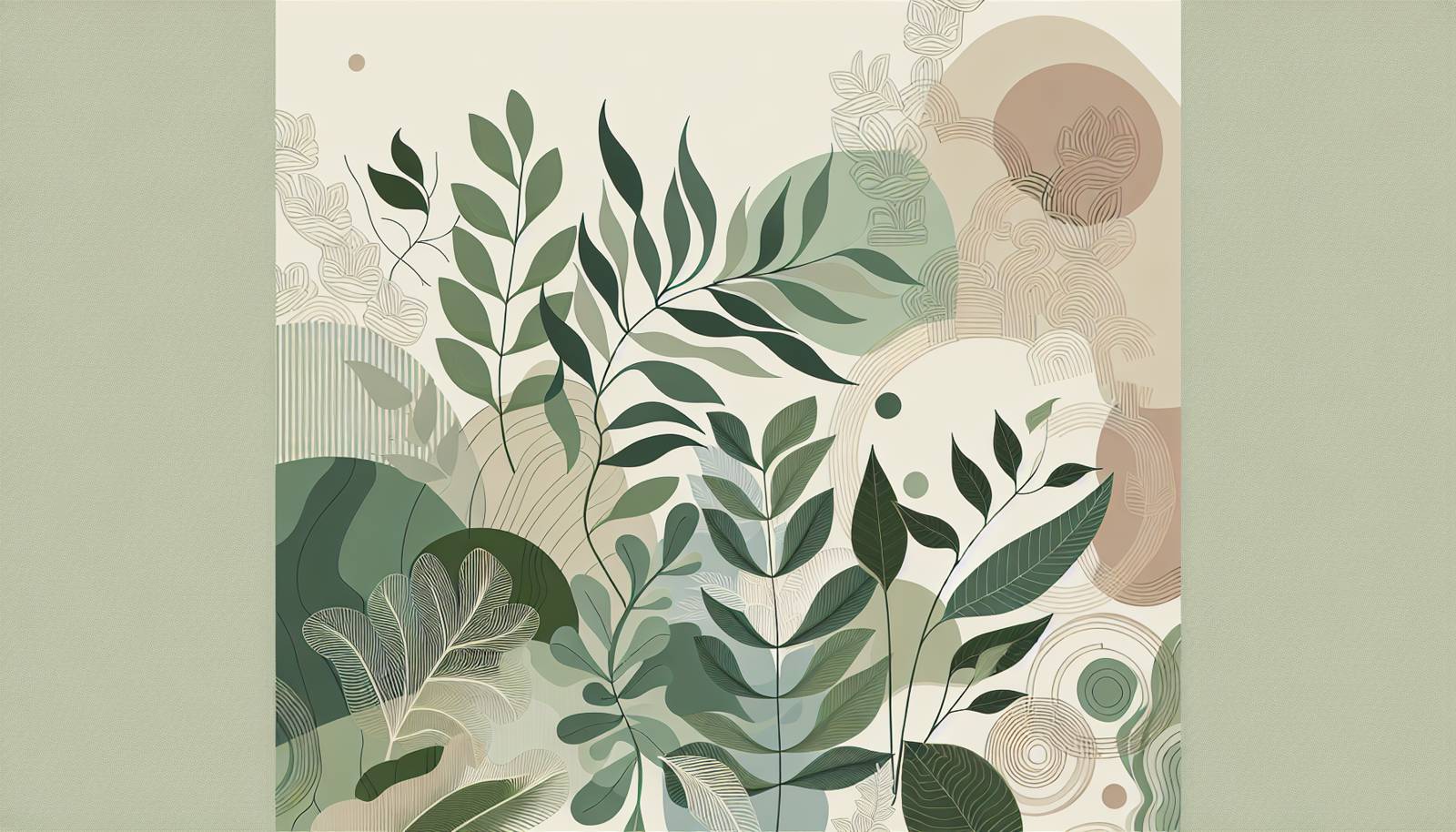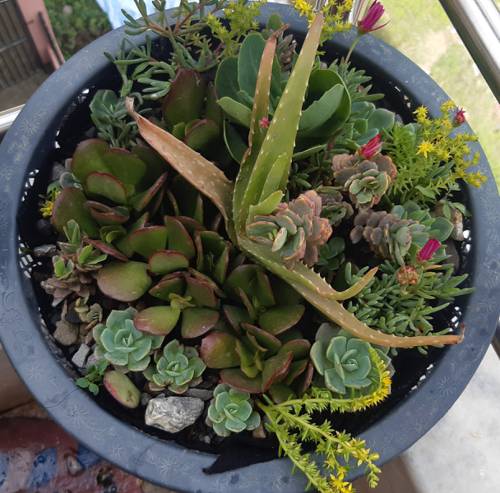
FAQ About Indoor Plants for Non-Traditional Spaces

Can indoor plants survive in a bathroom without windows?
Yes, certain indoor plants can survive in bathrooms without windows. Consider low light-tolerant species like the snake plant, ZZ plant, or pothos. These plants can thrive in the high humidity found in bathrooms, but you'll want to occasionally move them to brighter areas to receive indirect sunlight for a few hours, or use artificial grow lights to substitute natural light.

What are good plant choices for a basement with low light?
Basements typically have minimal natural light, but plants such as peace lilies, snake plants, and philodendrons can adapt to these conditions. These species are tolerant of low light and can add life to darker spaces. Additionally, supplementing with fluorescent lights can help these plants thrive.

Is it possible to keep plants in a closet?
Keeping plants in a closet is possible, but challenging due to the lack of light. Plants such as snake plants and cast iron plants might survive for short periods, but using an LED grow light can promote healthier growth. Ensure the closet is properly ventilated to prevent mold and mildew.

How do you care for plants in unusual indoor spaces?
Caring for plants in non-traditional indoor spaces involves ensuring they receive adequate light, either natural or artificial, and maintaining appropriate humidity levels. Regular watering, understanding the specific needs of the plant species, and occasionally rotating the plant to different spots for light exposure can also help.

What indoor plants are suitable for high humidity areas like bathrooms?
Plants that enjoy high humidity levels, such as ferns, orchids, air plants, and peace lilies, are ideal for bathrooms. These species thrive in moist environments and can often benefit from the steam a shower produces.

Can succulents grow in low-light areas like basements?
Succulents generally prefer bright light and may not thrive in low-light conditions typical of basements. However, with adequate artificial lighting, such as LED grow lamps, some succulent varieties can survive, though they may not demonstrate optimal growth.

Are there any plant choices for windowless offices?
For windowless offices, consider low-light tolerant plants like the spider plant, ZZ plant, and peace lily. These plants can adapt to fluorescent lighting often found in office buildings and help purify the air.

What plants can survive in stairwells?
Stairwells can be drafty and low in light. Plants such as snake plants, pothos, and dracaenas are hardy enough to withstand these conditions. It's important to choose plants that are not too wide or bushy to avoid obstructing pathways.

How often do you need to water plants in low light situations?
Plants in low light conditions generally require less frequent watering than those in brighter areas, as water evaporates more slowly. It’s crucial to let the soil dry out between waterings to prevent root rot. Adjust the frequency based on the specific plant type and size of the container.

Can you grow herbs indoors in spaces without natural light?
Growing herbs indoors without natural light is possible with the help of LED grow lights. Herbs like basil, mint, and parsley can adapt to these conditions, but you’ll need to ensure adequate light duration, at least 12-16 hours a day, for healthy growth.

What is the best lighting solution for plants in dark areas?
For successful growth in dark areas, invest in LED or fluorescent grow lights. These types of lighting are energy-efficient and provide the full spectrum of light required for photosynthesis, encouraging healthy plant development.

Are there fire-safe plants for utility rooms or closets?
While most plants are fire-safe, choose those less flammable, like succulents or plants with fleshy leaves, for utility rooms or closets. Always ensure these areas have proper ventilation to reduce any fire hazards associated with electrical equipment or water heaters.

What are the benefits of having plants in non-traditional spaces?
Plants in non-traditional spaces can enhance air quality, provide a sense of well-being, and add aesthetic appeal. They can create a calming environment and are especially helpful in rooms where stress levels may accumulate, such as bathrooms or offices.

How do plants adapt to unusual indoor conditions?
Plants adapt to unusual indoor conditions primarily through tolerance of light variability and humidity levels. Hardy species will acclimate to lower light while adjusting their water intake to cope with different levels of humidity and airflow.

Can cacti grow in bathrooms?
Cacti prefer dry environments and plentiful sunlight, making them generally unsuitable for bathrooms with high humidity. However, if a bathroom has ample light and good ventilation, some cacti varieties may survive but might not thrive.

What are the best small space indoor plants?
In small spaces, opt for compact plants like succulents, snake plants, and peace lilies. These plants require minimal care and can fit well on shelves or small tables, making them perfect for tight areas.

How do you prevent mold on plants in humid spaces?
To prevent mold, ensure proper air circulation and avoid overwatering. Place plants in areas with good ventilation and clean leaves regularly. Using a fungicide can help if mold starts to develop on the soil or plant surfaces.

Can plants help reduce moisture in damp areas like basements?
Certain plants can absorb humidity and help balance moisture levels in damp areas. English ivy and Boston ferns are known for their ability to thrive in and help mitigate damp conditions. However, these effects are usually limited, so additional dehumidifying solutions might be necessary.

What are some easy-care plants for closets and bathrooms?
Easy-care plants that tolerate low light and high humidity, such as pothos and cast iron plants, are ideal for closets and bathrooms. These plants require minimal attention and can adapt to a variety of environments.

Is it necessary to rotate plants if they are placed in corner rooms?
Rotating plants in corner rooms is beneficial for even light exposure and balanced growth. By rotating your plants regularly, you ensure that all sides receive adequate light, preventing uneven growth or leaning towards the light source.
